N-NITROSODIETHYLAMINE
Synonym(s):Diethylnitrosamine
- CAS NO.:55-18-5
- Empirical Formula: C4H10N2O
- Molecular Weight: 102.14
- MDL number: MFCD00013890
- EINECS: 200-226-1
- SAFETY DATA SHEET (SDS)
- Update Date: 2025-01-27 09:38:02

What is N-NITROSODIETHYLAMINE?
Chemical properties
N-Nitrosodiethylamine is a yellow liquid.
The Uses of N-NITROSODIETHYLAMINE
N-Nitrosodiethylamine (DEN) is a widely occurring nitrosamine that is one of the most important environmental carcinogens primarily inducing tumors of liver.
The Uses of N-NITROSODIETHYLAMINE
Gasoline and lubricant additive; antioxidant; stabilizer in plastics.
The Uses of N-NITROSODIETHYLAMINE
N,N-diethylnitrous Amide is a useful research reagent for organic synthesis.
What are the applications of Application
N-Nitrosodiethylamine is a biochemical for proteomics research
Definition
ChEBI: A nitrosamine that is N-ethylethanamine substituted by a nitroso group at the N-atom.
General Description
Clear slightly yellow liquid. Boiling point 175-177°C. Can reasonably be anticipated to be a carcinogen. Used as a gasoline and lubricant additive and as an antioxidant and stabilizer in plastics.
Air & Water Reactions
Water soluble.
Reactivity Profile
N-NITROSODIETHYLAMINE reacts with strong oxidizing agents. Incompatible with reducing agents. Can be hydrolyzed by hydrogen bromide in acetic acid .
Hazard
Possible carcinogen; mutagen; neoplastigen; tumorigen; poison; teratogen.
Health Hazard
ACUTE/CHRONIC HAZARDS: When heated to decomposition N-NITROSODIETHYLAMINE emits toxic fumes of nitrogen oxides.
Health Hazard
The acute toxicity of diethylnitrosamine is classified as moderate. Other nitrosamines of higher molecular weight are somewhat less toxic. Harmful exposure to nitrosamines can occur by inhalation and ingestion and may cause nausea, vomiting, and fever. This substance does not have adequate warning properties. Chronic exposure to nitrosamines can cause severe liver damage. Diethylnitrosamine is listed in IARC Group 2A ("probable human carcinogen") and is classified as an OSHA "select carcinogen." Nitrosamines are suspected of causing cancers of the lung, nasal sinuses, brain, esophagus, stomach, liver, bladder, and kidney. Diethylnitrosamine is mutagenic and teratogenic.
Fire Hazard
N-NITROSODIETHYLAMINE is combustible.
Fire Hazard
Volatilization during combustion produces hazardous vapors. Combustion products contain nitrogen oxides.
Flammability and Explosibility
Volatilization during combustion produces hazardous vapors. Combustion products contain nitrogen oxides.
Biochem/physiol Actions
N-Nitrosodiethylamine (NDMA) is carcinogenic in all animal species tested. The main target organs are the nasal cavity, trachea, lung, esophagus and liver. NDMA is acted upon by the cytochrome P450 system resulting in the formation of carcinogenic methyldiazonium ion. However microbes like Pseudomonas metabolize NDMA into N-nitromethylamine (NTMA) and formaldehyde.
Safety Profile
Confirmed carcinogen with experimental carcinogenic, neoplastigenic, and tumorigenic data. Poison by ingestion, intravenous, intraperitoneal, and subcutaneous routes. An experimental teratogen. Other experimental reproductive effects. Human mutation data reported. A transplacental carcinogen. When heated to decomposition it emits toxic fumes of NOx. See also N-NITROSO COMPOUNDS and AMINES.
Potential Exposure
An additive in gasoline and lubricants; an antioxidant and stabilizer in plastics. Used in research. Incompatibilities: Incompatible with oxidizers (chlorates, nitrates, peroxides, permanganates, perchlorates, chlorine, bromine, fluorine, etc.); contact may cause fires or explosions. Keep away from alkaline materials, strong bases, strong acids, oxoacids, epoxides. Contact with reducing agents may form hydrazine; hydrogen bromide. Light sensitive; rapidly decomposes.
Carcinogenicity
N-Nitrosodiethylamine is reasonably anticipated to be a human carcinogen based on sufficient evidence of carcinogenicity from studies in experimental animals.
storage
work with diethylnitrosamine should be conducted in a fume hood to prevent exposure by inhalation, and appropriate impermeable gloves and splash goggles should be worn at all times to prevent skin and eye contact.
Shipping
UN2810 Toxic liquids, organic, n.o.s., Hazard Class: 6.1; Labels: 6.1-Poisonous materials, Technical Name Required. UN3082 Environmentally hazardous substances, liquid, n.o.s., Hazard Class: 9; Labels: 9-Miscellaneous hazardous material, Technical Name Required.
Incompatibilities
An additive in gasoline and lubricants; an antioxidant and stabilizer in plastics. Used in research. Incompatibilities: Incompatible with oxidizers (chlorates, nitrates, peroxides, permanganates, perchlorates, chlorine, bromine, fluorine, etc.); contact may cause fires or explosions. Keep away from alkaline materials, strong bases, strong acids, oxoacids, epoxides. Contact with reducing agents may form hydrazine; hydrogen bromide. Light sensitive; rapidly decomposes.
Waste Disposal
Consult with environmental regulatory agencies for guidance on acceptable disposal practices. Generators of waste containing this contaminant (≥100 kg/mo) must conform with EPA regulations governing storage, transportation, treatment, and waste disposal. Under 40 CFR 261.5 small quantity generators of this waste may qualify for partial exclusion from hazardous waste regulations.
Properties of N-NITROSODIETHYLAMINE
| Melting point: | <25℃ |
| Boiling point: | 177 °C (lit.) |
| Density | 0.95 g/mL (lit.) |
| vapor pressure | 1.7 mmHg at 20 °C |
| refractive index | n |
| storage temp. | 2-8°C |
| solubility | Chloroform (Soluble), Ethyl Acetate (Slightly), Methanol (Slightly) |
| form | liquid |
| pka | -3.14±0.70(Predicted) |
| color | yellow |
| Odor | Not available |
| Water Solubility | 106.2g/L(24 ºC) |
| Merck | 6636 |
| BRN | 1744991 |
| Stability: | Stable, but light sensitive. Combustible. Incompatible with strong oxidizing agents, reducing agents. |
| CAS DataBase Reference | 55-18-5(CAS DataBase Reference) |
| IARC | 2A (Vol. 17, Sup 7) 1987 |
| EPA Substance Registry System | N-Nitrosodiethylamine (55-18-5) |
Safety information for N-NITROSODIETHYLAMINE
| Signal word | Danger |
| Pictogram(s) |
 Skull and Crossbones Acute Toxicity GHS06  Health Hazard GHS08 |
| GHS Hazard Statements |
H301:Acute toxicity,oral H350:Carcinogenicity H412:Hazardous to the aquatic environment, long-term hazard |
| Precautionary Statement Codes |
P202:Do not handle until all safety precautions have been read and understood. P264:Wash hands thoroughly after handling. P264:Wash skin thouroughly after handling. P270:Do not eat, drink or smoke when using this product. P273:Avoid release to the environment. P280:Wear protective gloves/protective clothing/eye protection/face protection. P301+P310:IF SWALLOWED: Immediately call a POISON CENTER or doctor/physician. |
Computed Descriptors for N-NITROSODIETHYLAMINE
New Products
Methyl (R)-1-Boc-4,4-difluoropyrrolidine-2-carboxylate 2,2-Difluoropropylamine hydrochloride tert-butyl 3-bromoazetidine-1-carboxylate (R)-1-Boc-3-hydroxypyrrolidine DIFLUOROACETIC ANHYDRIDE 2,2-Difluoropropionic acid Diallylamine, 99% Calcium hydroxide, 95% Aluminum oxide, basic 2-Bromophenylacetonitrile, 97% L-tert-Leucine,97% N-Hydroxy-2-methylpropanimidamide 4-(3,4-Dichlorophenyl)-3,4-Dihydro-N-Methyl-1-(2H)-Naphthalenimine (Schiff Base) 2-AMINO-3,5-DIBROMO BENZALDEHYDE [ADBA] L-Glutamic Acid Dimethyl Ester Hcl 10-Methoxy-5H-dibenz[b,f]azepine 5-Cyanophthalide N, N-Carbonyldiimidazole (CDI) Dibenzoyl Peroxide Titanium Dioxide 2-(Methylthio) Benzonitrile Sodium Acetate Anhydrous Allopurinol 1,5-DibromopentaneRelated products of tetrahydrofuran


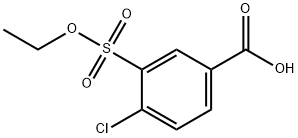
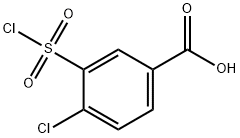
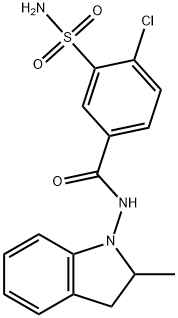
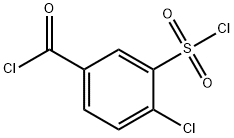
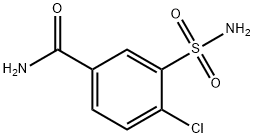

You may like
-
 55-18-5 99%View Details
55-18-5 99%View Details
55-18-5 -
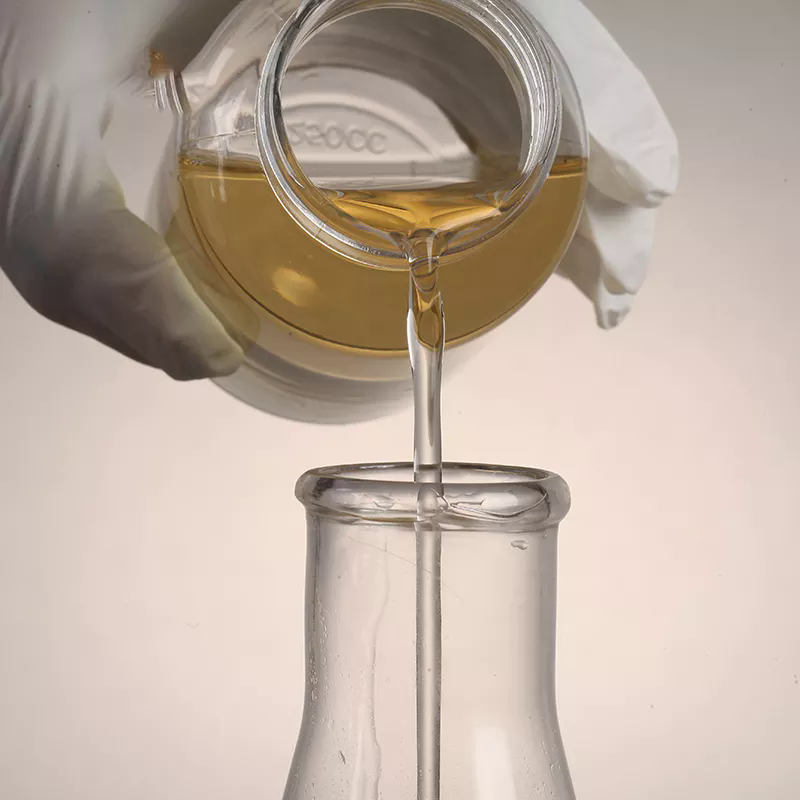 N-Nitrosodiethylamine 98%View Details
N-Nitrosodiethylamine 98%View Details -
 N-Nitrosodiethylamine 98% (GC) CAS 55-18-5View Details
N-Nitrosodiethylamine 98% (GC) CAS 55-18-5View Details
55-18-5 -
 N-Nitrosodiethylamine CAS 55-18-5View Details
N-Nitrosodiethylamine CAS 55-18-5View Details
55-18-5 -
 N-Nitrosodiethylamine CAS 55-18-5View Details
N-Nitrosodiethylamine CAS 55-18-5View Details
55-18-5 -
 N-Nitrosodiethylamine CAS 55-18-5View Details
N-Nitrosodiethylamine CAS 55-18-5View Details
55-18-5 -
 N-Nitrosodiethylamine CAS 55-18-5View Details
N-Nitrosodiethylamine CAS 55-18-5View Details
55-18-5 -
 N-Nitrosodiethylamine CAS 55-18-5View Details
N-Nitrosodiethylamine CAS 55-18-5View Details
55-18-5
